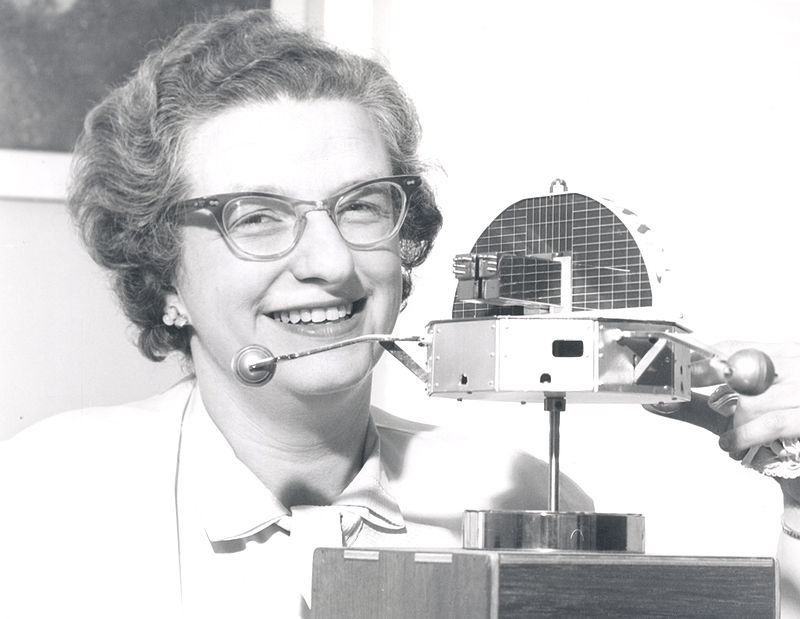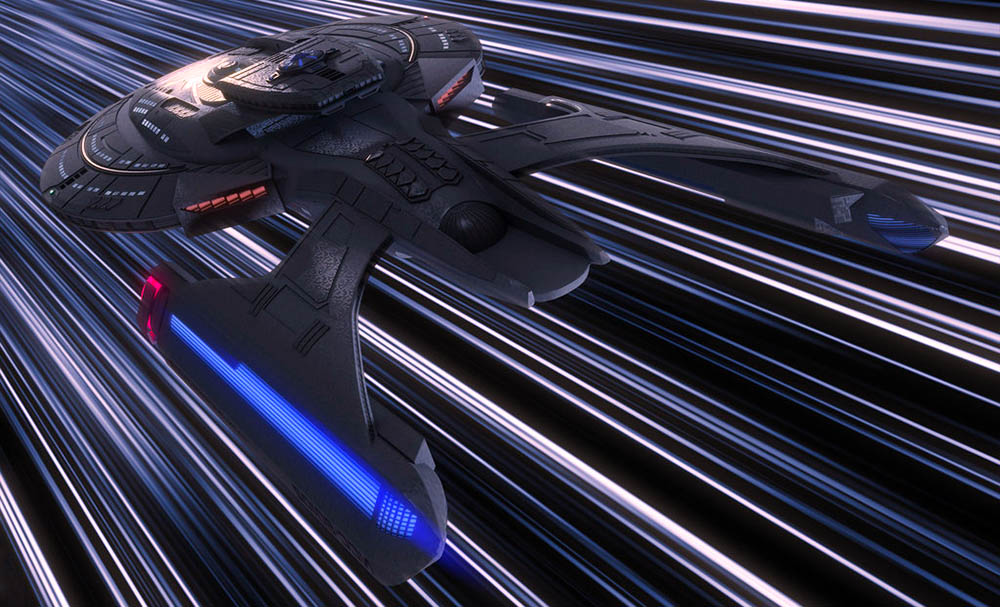When Nancy Grace Roman was 11 years old, she organized an astronomy club and learned about constellations from books. So interested was she in the stars that by the time she reached high school, she wanted to learn astronomy – no matter how others around her tried to discourage her. She studied as much as she could, earning her PhD in astronomy at the University of Chicago in 1949, and while she worked at several observatories, a tenure track with a university was difficult for women at the time, and she found herself working with the Naval Research Laboratory.
But a turning point came when she accepted a position at NASA to create a program for space astronomy – the Office of Space Science. Not only was she the one who set up the program, she was also the first woman to hold an executive position at the new agency, and as such traveled around the country. She was also chief of several other positions later, for example Chief of Astronomy and Relativity.
Due to these accomplishments, she also put together the astronomers and engineers that made the Hubble Space Telescope possible. That project was the last program she was heavily involved with – she was very involved with early planning and structure. As such, even the current NASA chief astronomer calls her the “Mother of Hubble” – Roman being the one who helped give birth to a magnificent accomplishment of an instrument we use to not only fuel our curiosity as we look at photographs it brings to us, but also to fuel further research of the universe around us. And as of August 2011, a fellowship established by NASA is named after her – the Nancy Grace Roman Technology Fellowship in Astrophysics, for early-career researchers and instrument builders.
Check out some of the stunning discoveries that happened all thanks to the Hubble Telescope – and the woman who helped make it possible.





